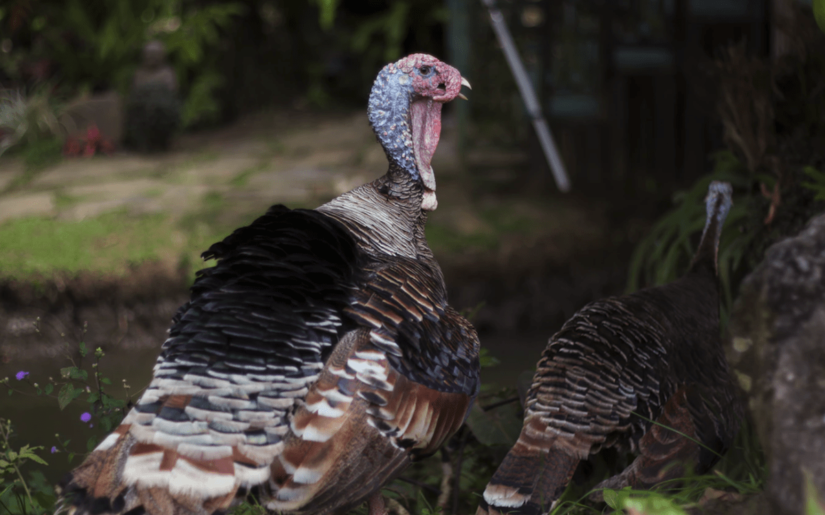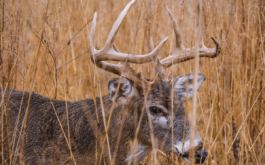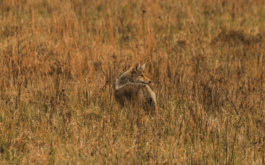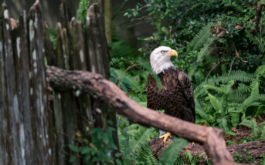Texas Game Birds
Game birds in Texas encompass a variety of migratory as well as native birds. South Texas is an attractive environment for both types of birds due to the diversity of habitats and unique vegetation options.
UPLAND GAME BIRDS
Upland game birds include all wild turkeys, certain quail, pheasants and Chachalaca. To hunt upland game birds, you must have a valid hunting license as well as an Upland Game Bird Stamp Endorsement. A Federal Sandhill Crane Hunting Permit is required to hunt sandhill cranes.
There are four different species of quail in Texas: Bobwhites which can be found throughout Texas. The scaled quail or blue quail typically found in the Western third of the state. Gambel’s and Montezuma quail which are both found in the Trans-Pecos.
Quails have been on the decline in recent years due to many different factors. Namely a lack of suitable nesting cover, inadequate food supply and overall loss of habitat. It’s imperative to revive the habitats of quail for overall environment improvement. Recognizing and protecting the plants essential to quails’ diet contributes largely to their survival.

Game birds in Texas encompass a variety of migratory as well as native birds. South Texas is an attractive environment for both types of birds due to the diversity of habitats and unique vegetation options.
UPLAND GAME BIRDS
Upland game birds include all wild turkeys, certain quail, pheasants and Chachalaca. To hunt upland game birds, you must have a valid hunting license as well as an Upland Game Bird Stamp Endorsement. A Federal Sandhill Crane Hunting Permit is required to hunt sandhill cranes.
There are four different species of quail in Texas: Bobwhites which can be found throughout Texas. The scaled quail or blue quail typically found in the Western third of the state. Gambel’s and Montezuma quail which are both found in the Trans-Pecos.
Quails have been on the decline in recent years due to many different factors. Namely a lack of suitable nesting cover, inadequate food supply and overall loss of habitat. It’s imperative to revive the habitats of quail for overall environment improvement. Recognizing and protecting the plants essential to quails’ diet contributes largely to their survival.
TURKEY
There are two varieties of wild turkey common to Texas. The Eastern turkey is found in forests and dense brush in East Texas. The Rio Grande turkey, found in South, Central and North Texas, typically live close to river courses. Rio Grande turkeys are the most abundant upland game species in the Hill Country due to their adaptability. They are usually lighter in colour than the Eastern turkey. A mature Rio Grande turkey can range from 16 to 18 pounds in weight.
Male turkeys are called ‘toms’, males of breeding age are ‘gobblers’, females are ‘hens’ and juveniles ‘poults’. Reproductive success depends highly on weather conditions, habitat, overall health of the hen and predators. In order to conserve these birds, landowners can take preventative measures such as overgrazing from cattle and practicing brush control.
Bag limits vary by county for Rio Grande turkeys and the hunting seasons are fall and spring in some counties and only spring in others. Due to the scarcity of Eastern turkeys, the only designated hunting season is spring. It’s against the law to hunt roosting turkeys at any time and all harvested birds must be documented at check stations.
MIGRATORY GAME BIRDS
In order to harvest migratory game birds in Texas three things are necessary.
- A valid Texas hunting license
- Texas Migratory Game Bird Stamp Endorsement, and
- a valid Federal Duck Stamp and HIP (Harvest Information Program)
Migratory game birds include all wild species of ducks, geese, coot, rail, gallinules, snipe, woodcock, doves (excluding the exotic collared dove) and sandhill cranes. Shotguns must be plugged to ensure the total capacity does not exceed 3 shells to hunt any migratory birds.
There are three duck hunting zones: North, South and High Plains Mallard Management Unit. There are two general categories of ducks. Puddle ducks include mallard, black duck, Mexican duck, pintail, gadwall, American Wigeon, shoveler, wood duck, green-winged teal, blue-winged teal, cinnanon teal, fulvous tree duck, black bellied tree duck and coots. Diving ducks include canvasback, redhead, lesser scaup, ring-necked duck, bufflehead, common goldeneye, Barrow’s goldeneye and ruddy duck.
Geese migrate in large flocks in the fall when the cold fronts move down from the north. There are two zones for Geese: East and West and there are specific light and dark geese seasons.
Other migratory birds include hooded merganser who primarily migrate in the winter months, gallinule, coot, king rail (found in wetlands), clapper rail, Virginia rail, snipe and woodcock. Each of these birds have unique seasons and bag limits. The Texas Waterfowl Digest should be consulted for more details and duck hunting tips. Hunter education classes can be taken online as another extremely useful tool.
Use our Waterfowl Quick Identification Guide if you need help identifying common Texas Waterfowl.









